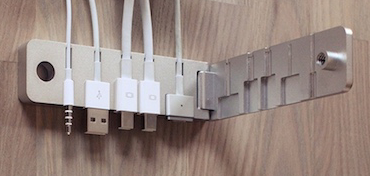Molly Wood, writing for the New York Times, digs into the good and bad of Apple and Google maps.
Google has long dominated the smartphone map race. But Apple Maps, its primary competitor, at least in the United States, has made great strides in the last couple of years, recovering nicely from the disastrous introduction of Maps in 2012. Both now give accurate directions, for the most part, and keep adding features to beat the other.
Even in recent months, both Google Maps and Apple Maps have undergone significant changes. Apple’s service, for example, now comes with some new useful information about businesses, like operating hours and contact information.
Apple Maps is clearly gaining accuracy. It’s been a while since I’ve encountered flat out wrong information, like a one way street going the wrong way, a closed road, or a freeway entrance in the wrong place (all things I’ve encountered in the past). More and more, I’m finding what I’m looking for. The database is becoming much more complete.
That said, there are still holes in the database and holes in the interface. If I zoom all the way in on the map, I see every single structure in my neighborhood. The buildings are all the right shape and in the correct location. But, some of the businesses do not show up. And some businesses show up occasionally, depending where that location is on the screen. Some business names flash into view momentarily as I drag, but nothing I do seems to make those names stay on the screen.
Traffic reporting is another area that has improved tremendously, though it still has a ways to go. Traffic lane alignment seems much more precise (making it much easier to tell, at a glance, in which lane/direction the traffic lies). But Apple Maps has a single degree of reporting. Traffic is either red or nonexistent. The problem with this approach is that you have no way of knowing if there is no traffic on a particular road, or if the traffic data has not yet populated the map. If your cell reception is spotty, this is definitely an issue. Google Maps reports traffic as green, yellow, or red. This gives you a feeling of certainty when your cell service is spotty, and gives you a bit more granularity (yellow for congestion, red for bumper-to-bumper traffic).
UPDATE: As several readers pointed out, traffic is also marked as yellow. Mea culpa. That said, the issue of no UI difference between “no traffic” and “traffic data has not yet arrived” remains.
Overall, I use Apple Maps almost exclusively. It works, gets me where I need to go. And my favorite feature of all: I can press and hold the home button and tell Siri, “Take me home”. And she does.

